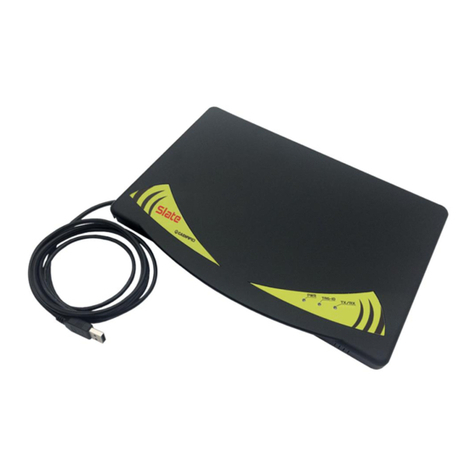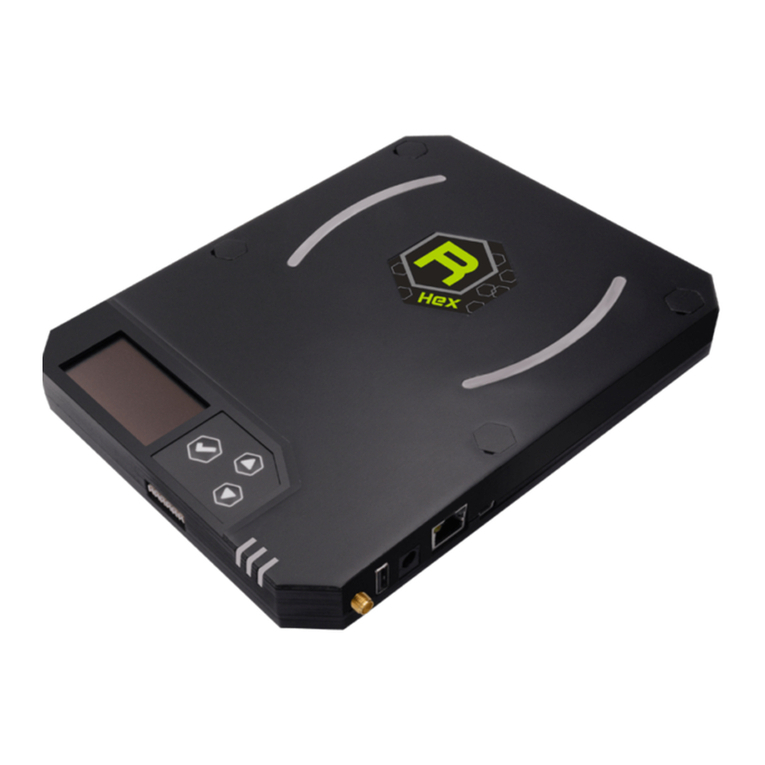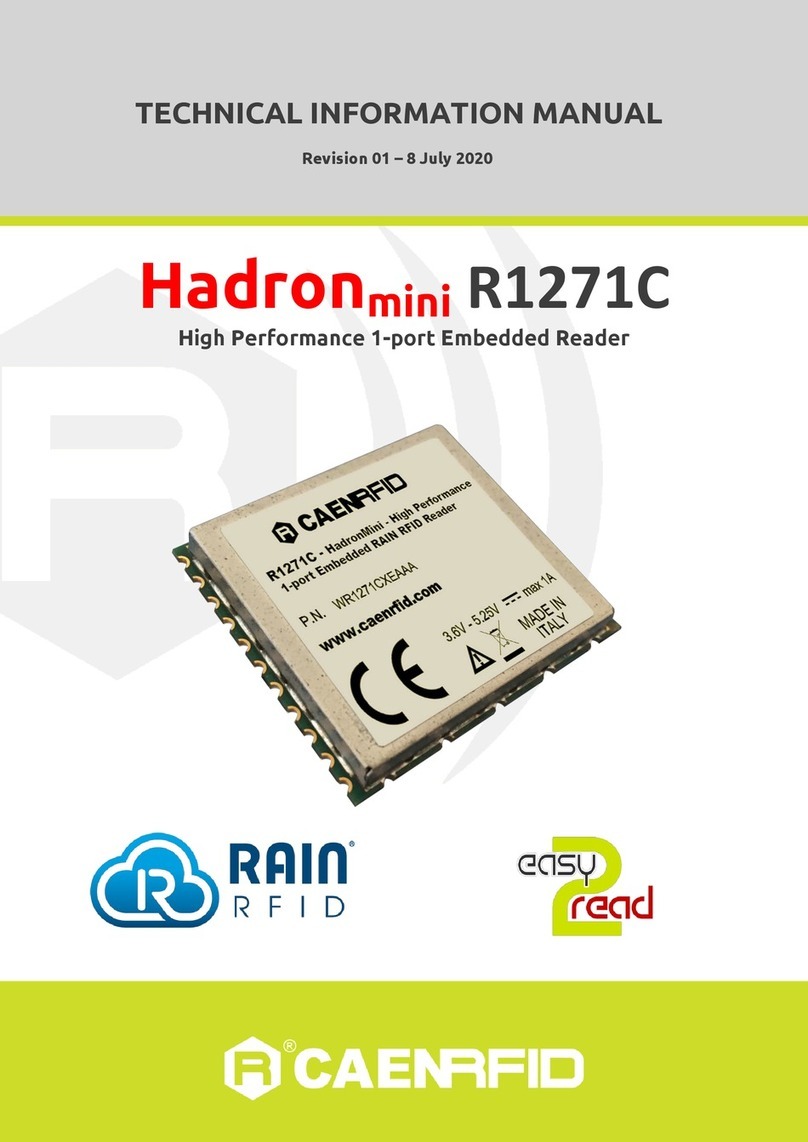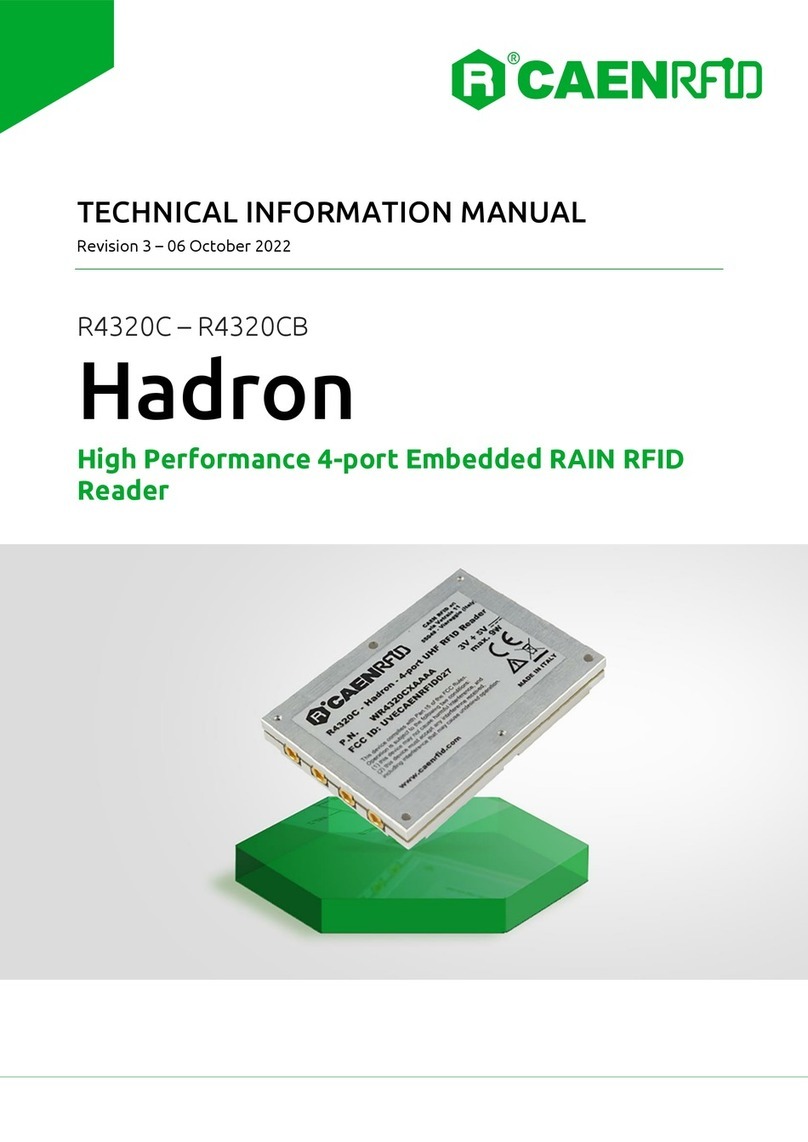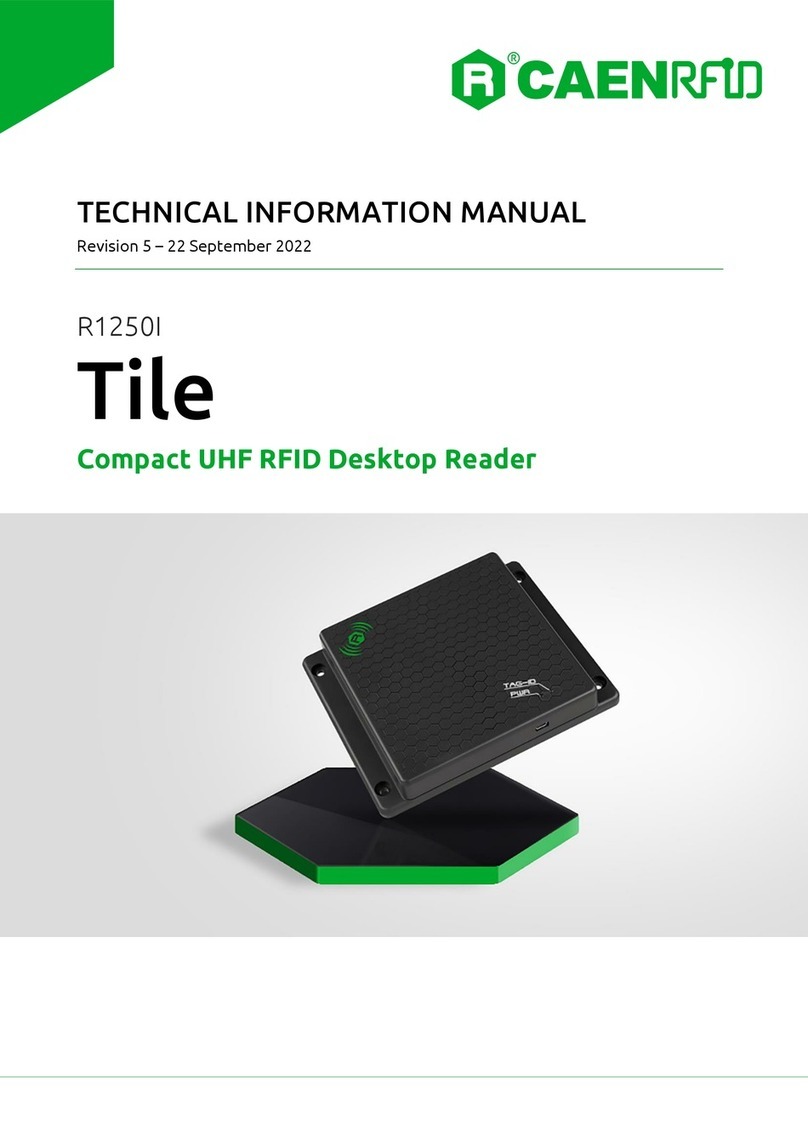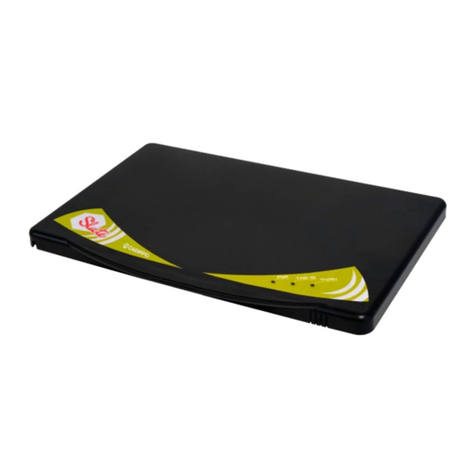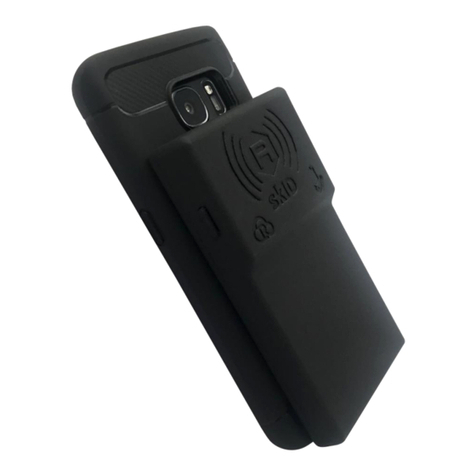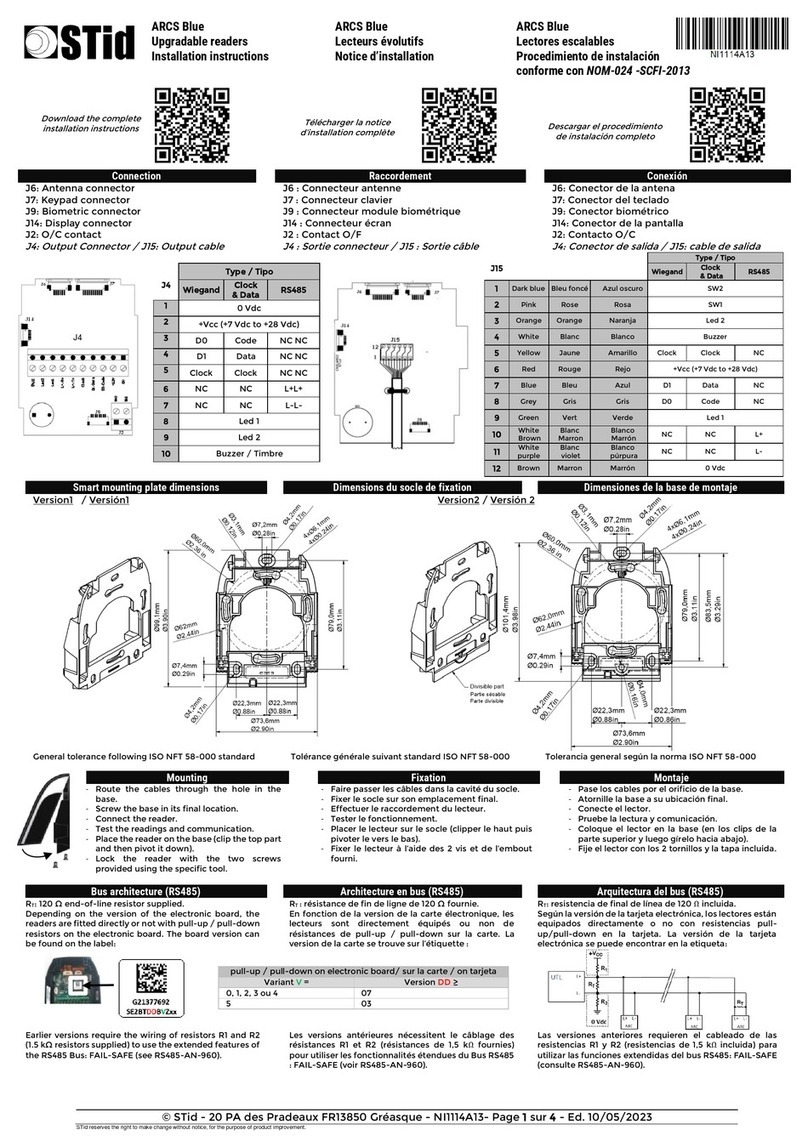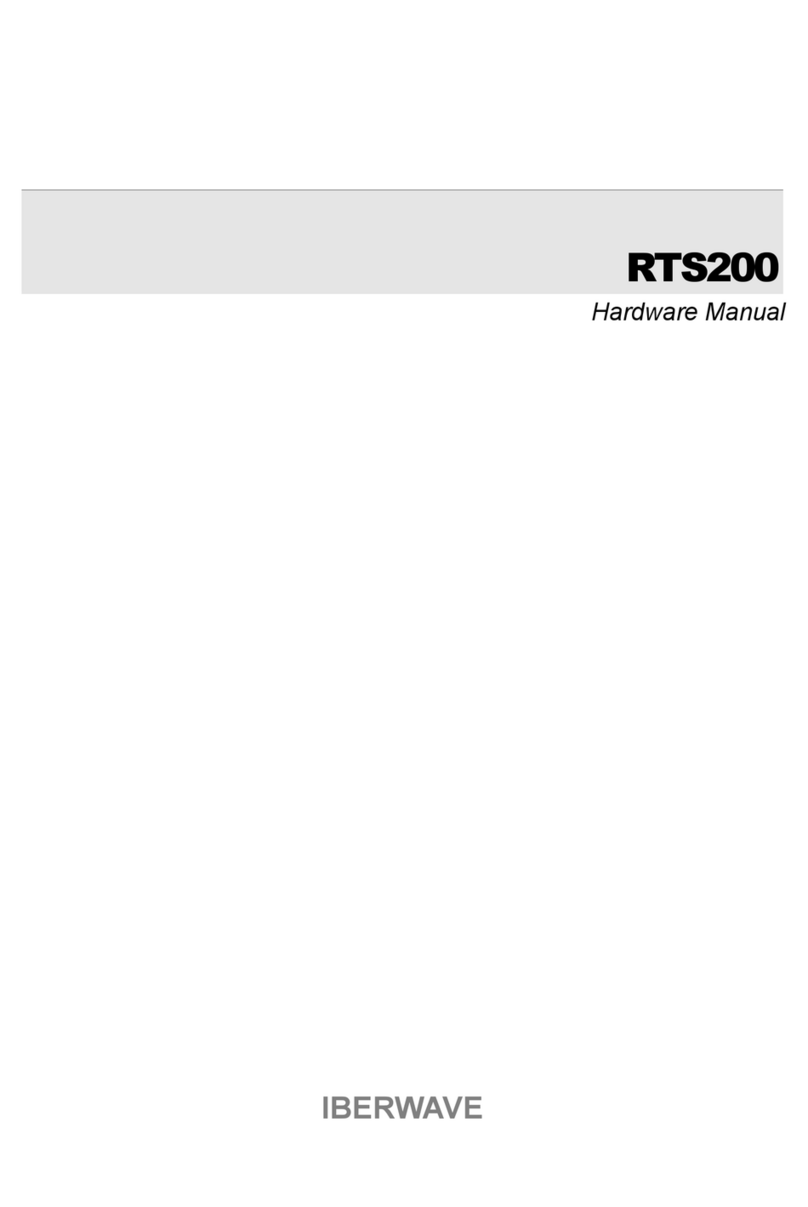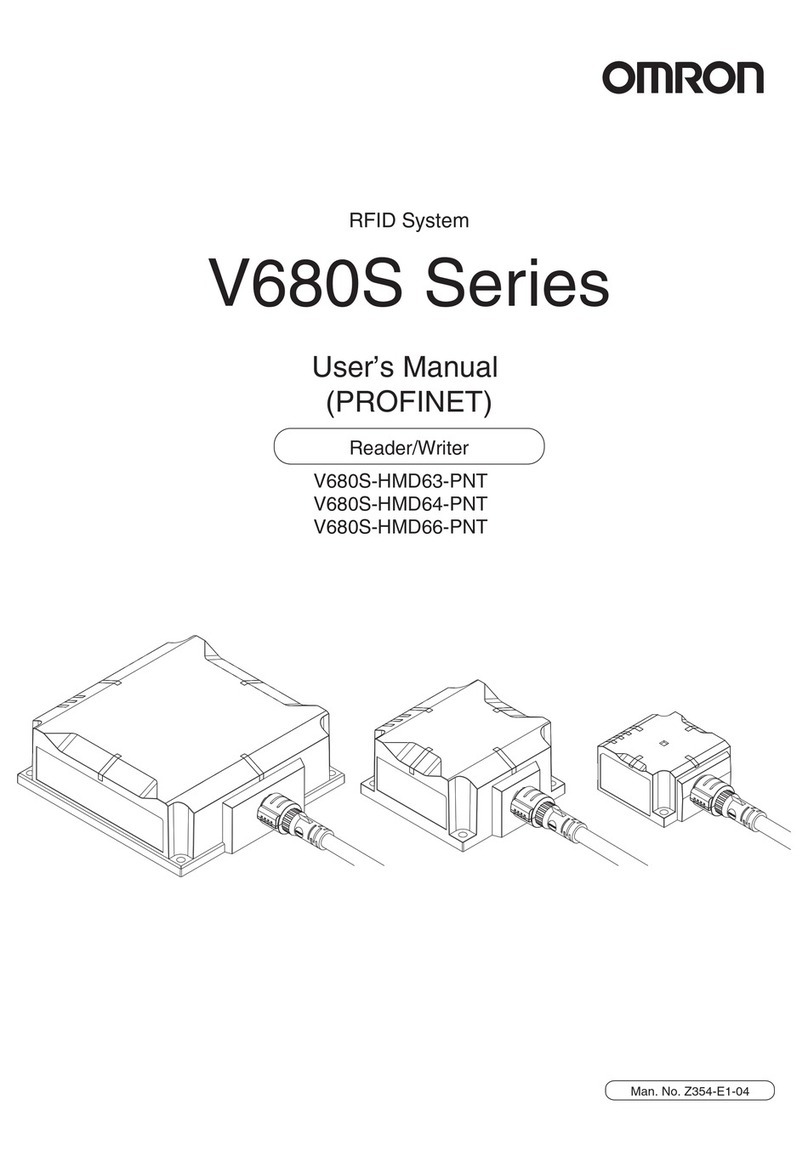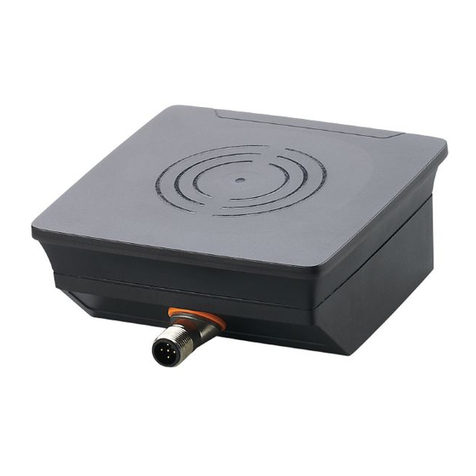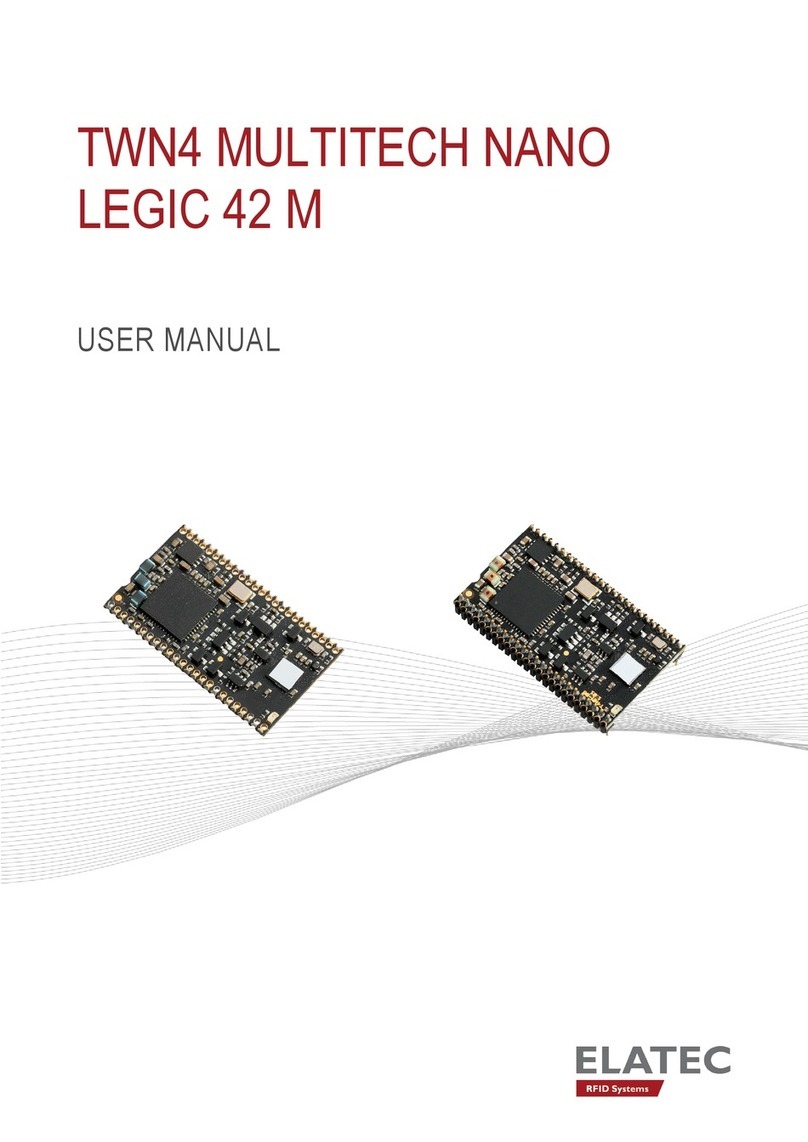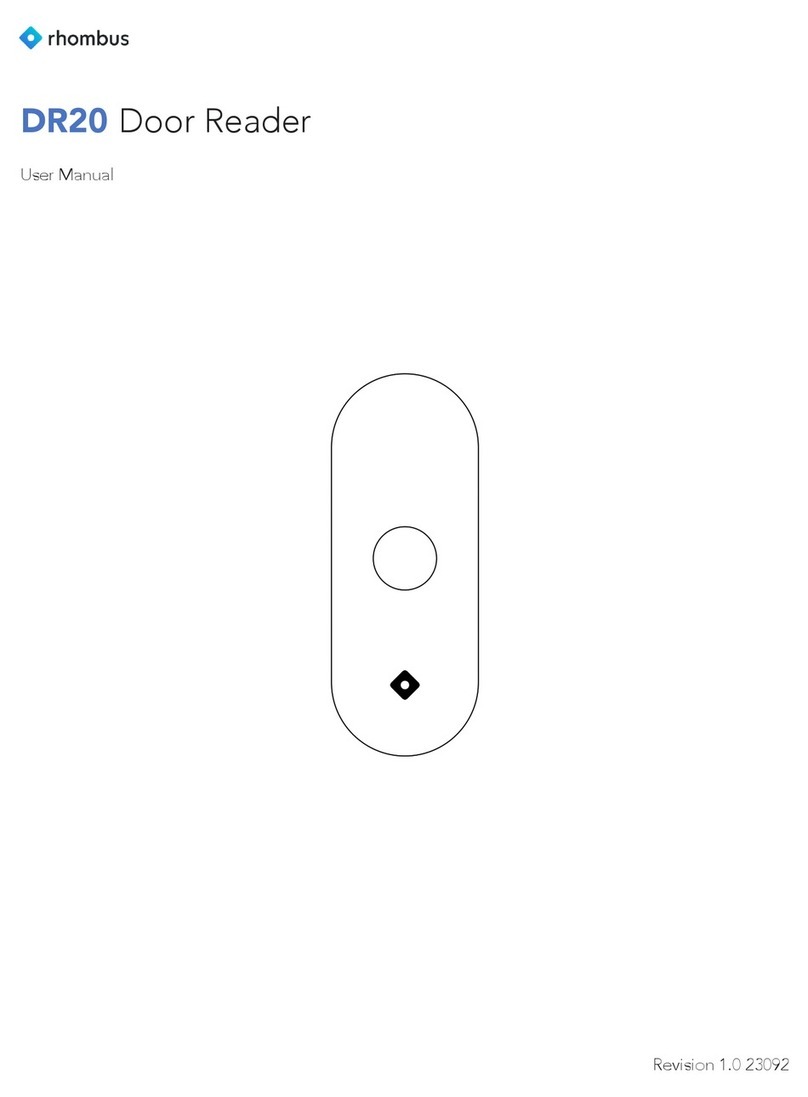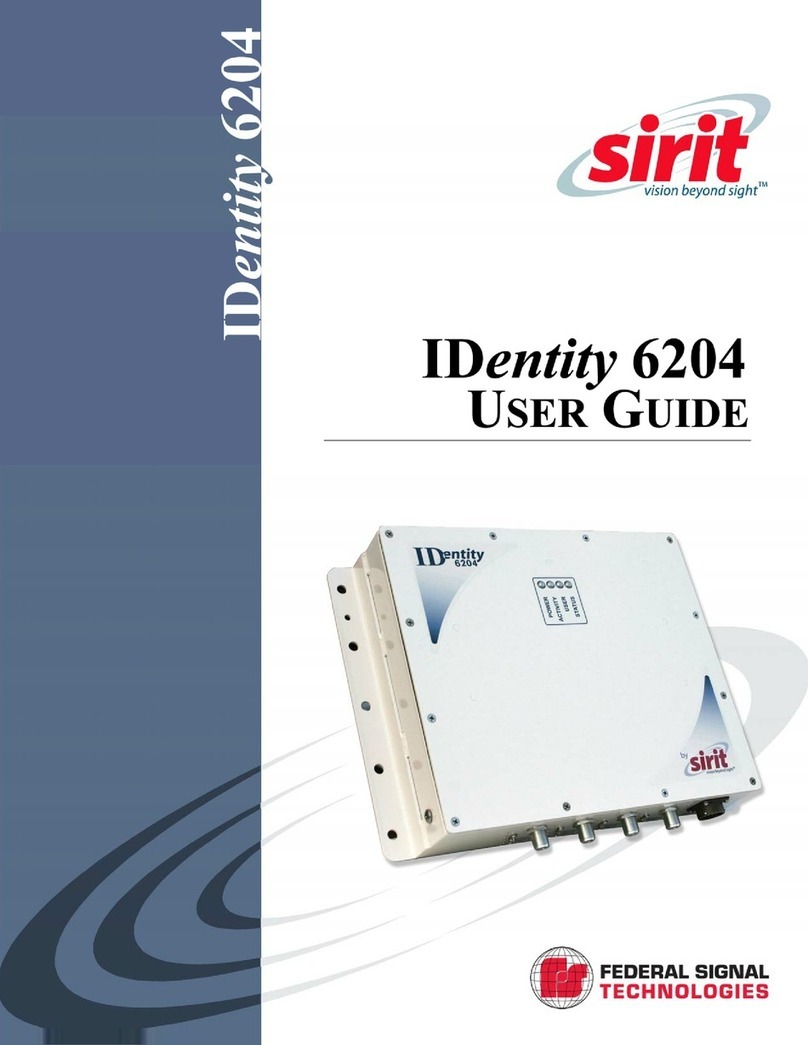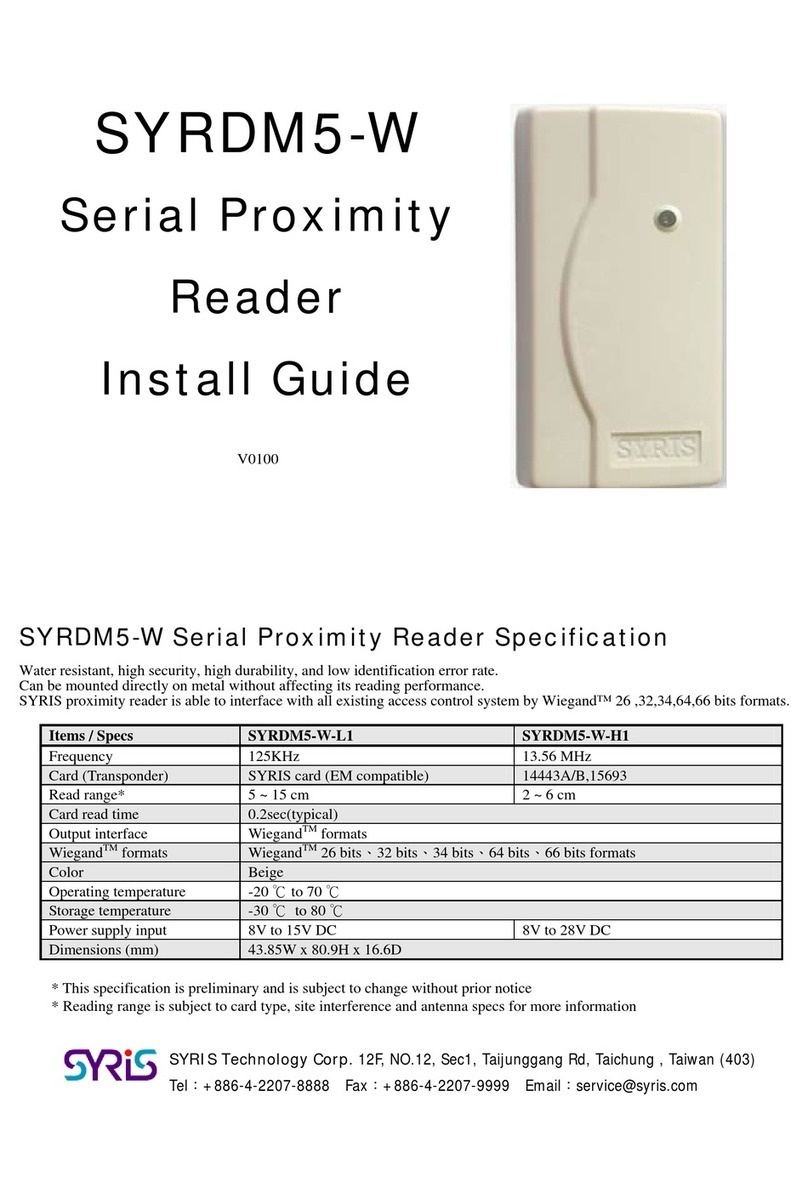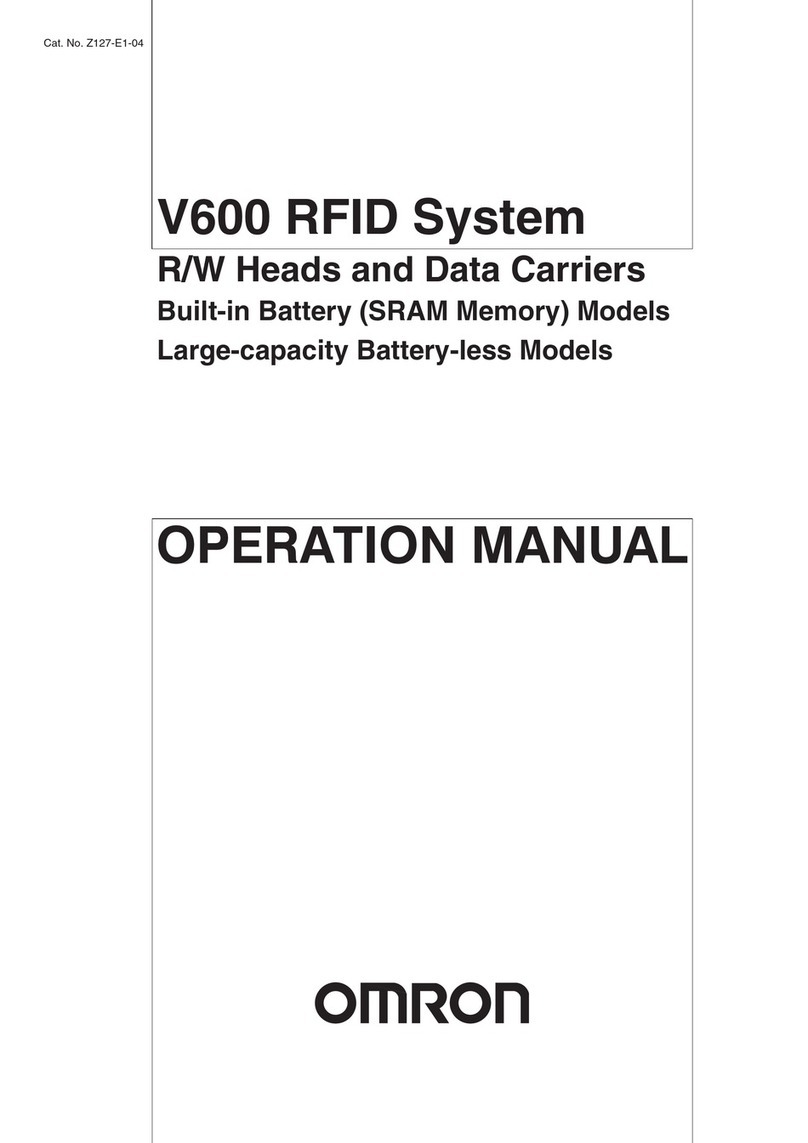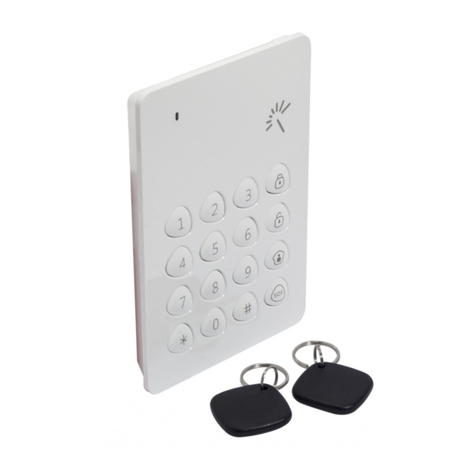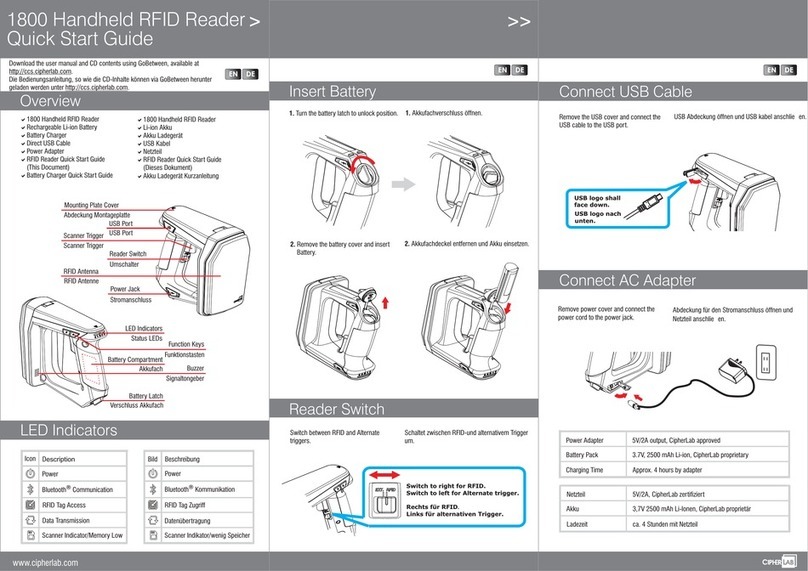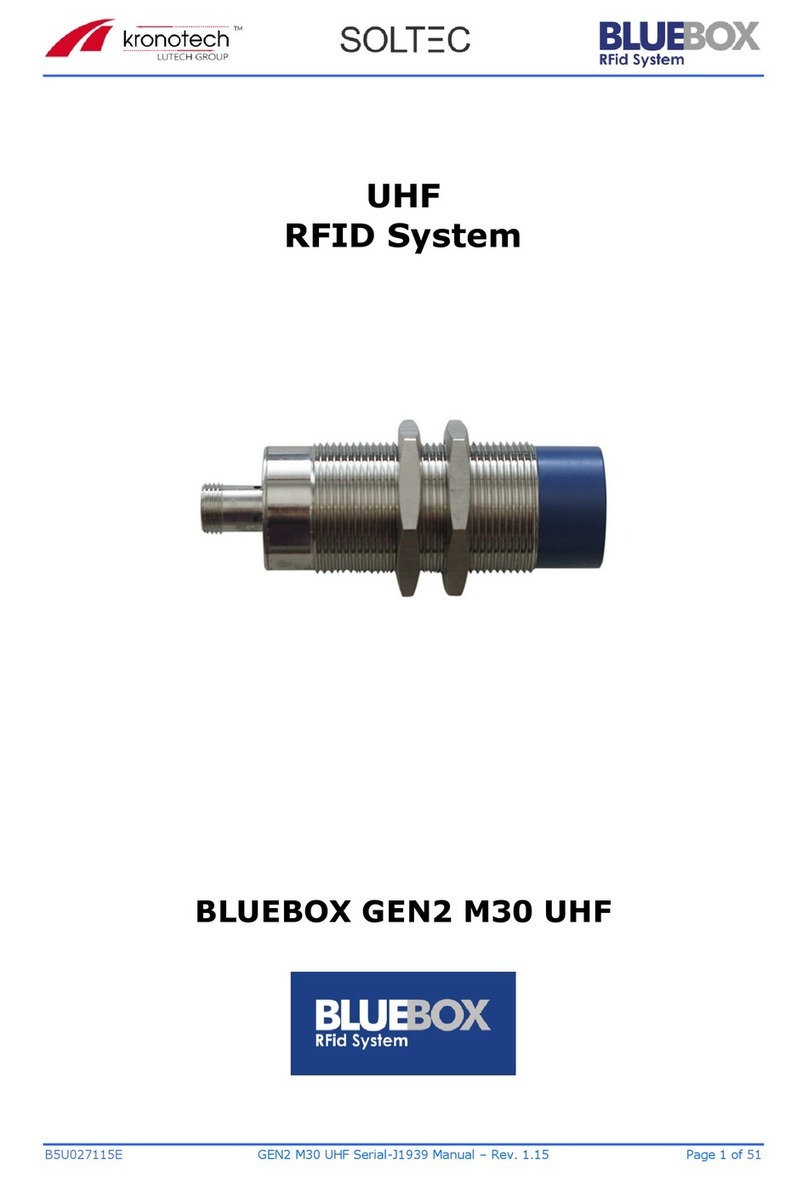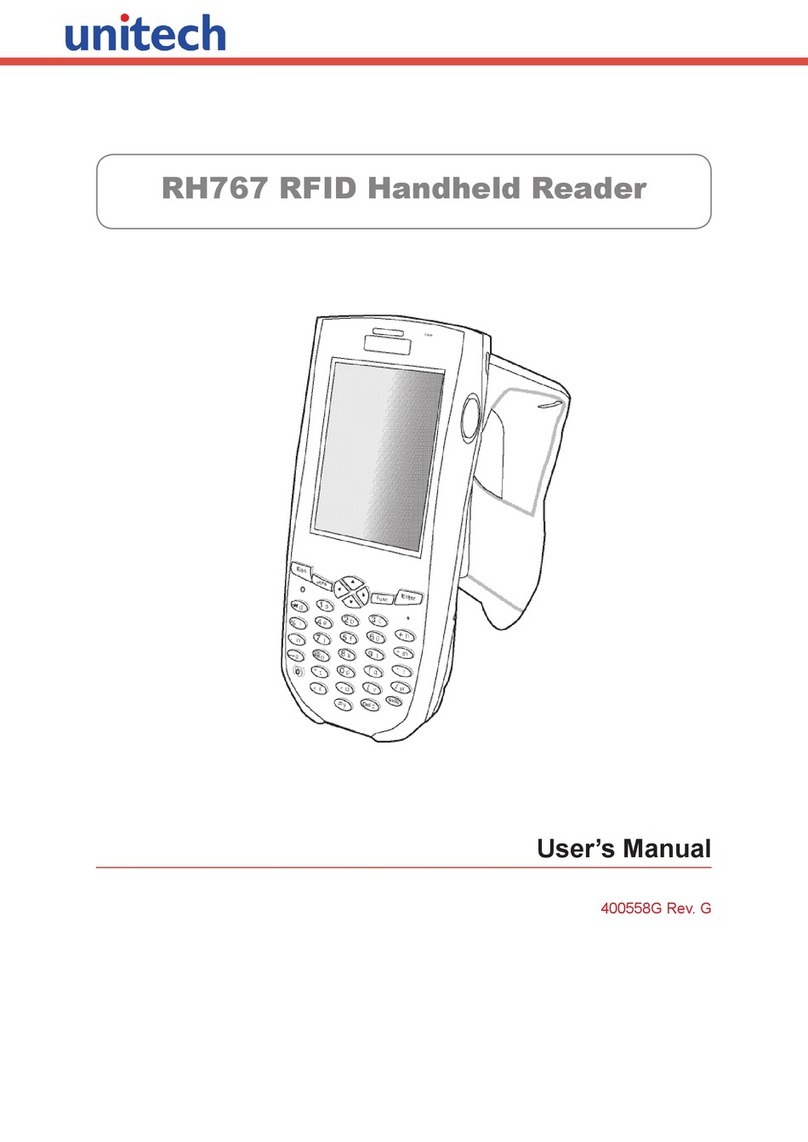INDEX –Lepton9- Technical Information Manual 4
Index
Scope of Manual........................................................................................................................................................................2
Change Document Record.......................................................................................................................................................2
Reference Document................................................................................................................................................................2
1Introduction.....................................................................................................................................................................6
Description.................................................................................................................................................................................6
Reader ............................................................................................................................................................................6
Evaluation Board ..........................................................................................................................................................7
Development Kit...........................................................................................................................................................7
Ordering Options ......................................................................................................................................................................8
2Technical Specifications ................................................................................................................................................9
Technical Specifications ...........................................................................................................................................................9
Key Features ............................................................................................................................................................................10
3Hardware Interface.......................................................................................................................................................11
Introduction .............................................................................................................................................................................11
Power Supply ...........................................................................................................................................................................12
RF Connection..........................................................................................................................................................................12
UART Communication ............................................................................................................................................................12
Reset Pin...................................................................................................................................................................................13
GPIO Pins ..................................................................................................................................................................................13
Wakeup Pin ..............................................................................................................................................................................14
Pin Listing and Signal Definitions .........................................................................................................................................14
Electrical Specifications .........................................................................................................................................................15
Absolute Maximum Ratings......................................................................................................................................15
Operating Conditions ................................................................................................................................................16
Device Functional Specifications .............................................................................................................................16
UHF Gen 2 RFID Radio Specifications......................................................................................................................16
Device Input and Output Specifications .................................................................................................................17
EPC Class-1 Generation-2 Operation ...................................................................................................................................18
Supported RF modes..................................................................................................................................................18
4Layout and Components ..............................................................................................................................................19
Introduction .............................................................................................................................................................................19
PCB Layout for RF ...................................................................................................................................................................19
50 Ohm Characteristic Impedance...........................................................................................................................19
Package and Assembly Information.....................................................................................................................................20
Package Mass ..............................................................................................................................................................20
Package Dimensions ..................................................................................................................................................20
PCB Footprint..............................................................................................................................................................21
SMT Reflow Information ...........................................................................................................................................22
Moisture Sensitive Level 3 (MSL 3) ..........................................................................................................................23
5Evaluation Board...........................................................................................................................................................24
Introduction .............................................................................................................................................................................24
Technical Specifications .........................................................................................................................................................24
Evaluation Board Overview ...................................................................................................................................................25
Lepton9R9100C Evaluation Board Key Components........................................................................................................26
Integrated Circuit Component Descriptions..........................................................................................................26
Connector Descriptions.............................................................................................................................................27
Switch Descriptions ................................................................................................................................................................27
Evaluation Board Default Configuration.............................................................................................................................28
Evaluation Board USB-UART Details ....................................................................................................................................28
Evaluation Board Schematic..................................................................................................................................................28
Evaluation Board Layout........................................................................................................................................................29
Evaluation Board Bill of Materials (BOM)............................................................................................................................29
Connecting to the Lepton9R9100C reader.........................................................................................................................30
USB Communication Setup .......................................................................................................................................30
Easy Controller............................................................................................................................................................30
6Regulatory Compliance................................................................................................................................................33
